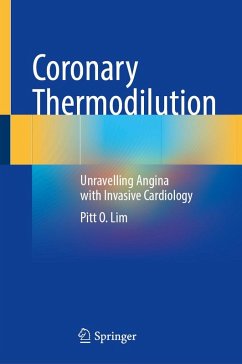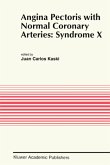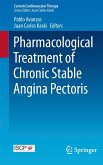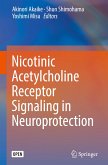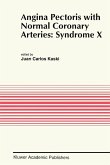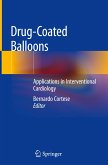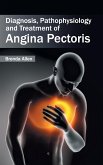This book explains the role of coronary microvasculature in autoregulating blood flow to the heart, a topic that is often poorly understood, even amongst cardiologists. It explains why coronary stenting has limited prognostic value in stable angina, kidney and heart failure as demonstrated by randomised controlled trials such as ISCHEMIA, ORBITA, ISCHEMIA-CKD and REVIVED. Further, not just reduced, but increased blood flow too can cause angina. This may be relevant in women with INOCA and TTS.
Coronary Thermodilution introduces the clinical application of measuring absolute volumetric coronary blood flow, which allows the mechanistic understanding of symptoms so that appropriate treatments can be personalised. Providing extensive information for cardiologists and physicians in adjacent fields, such as cardiac imaging, interventional cardiology, electrophysiology and cardiac surgery, this book represents a key reference in this promising area of medicine.
Coronary Thermodilution introduces the clinical application of measuring absolute volumetric coronary blood flow, which allows the mechanistic understanding of symptoms so that appropriate treatments can be personalised. Providing extensive information for cardiologists and physicians in adjacent fields, such as cardiac imaging, interventional cardiology, electrophysiology and cardiac surgery, this book represents a key reference in this promising area of medicine.

